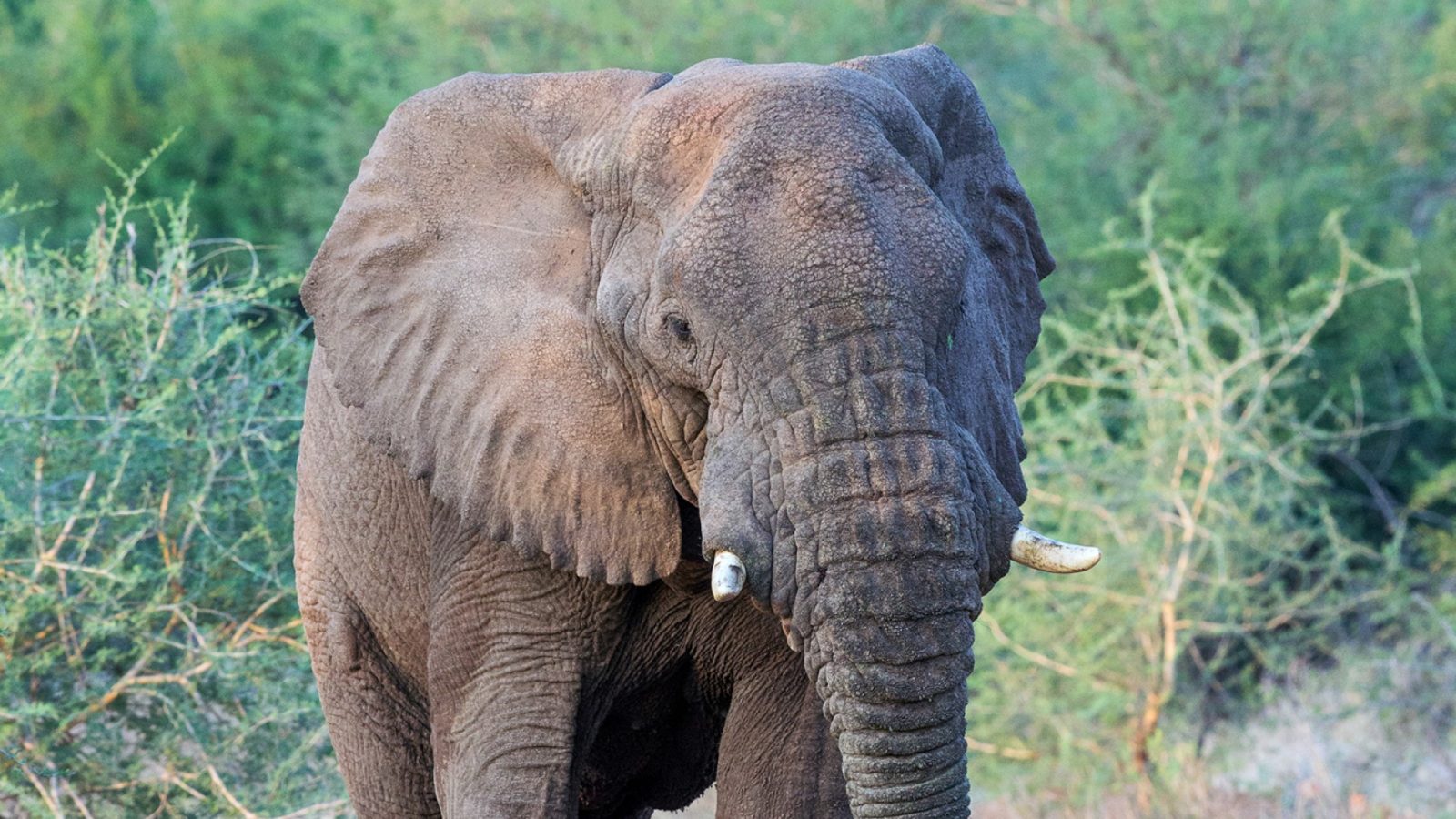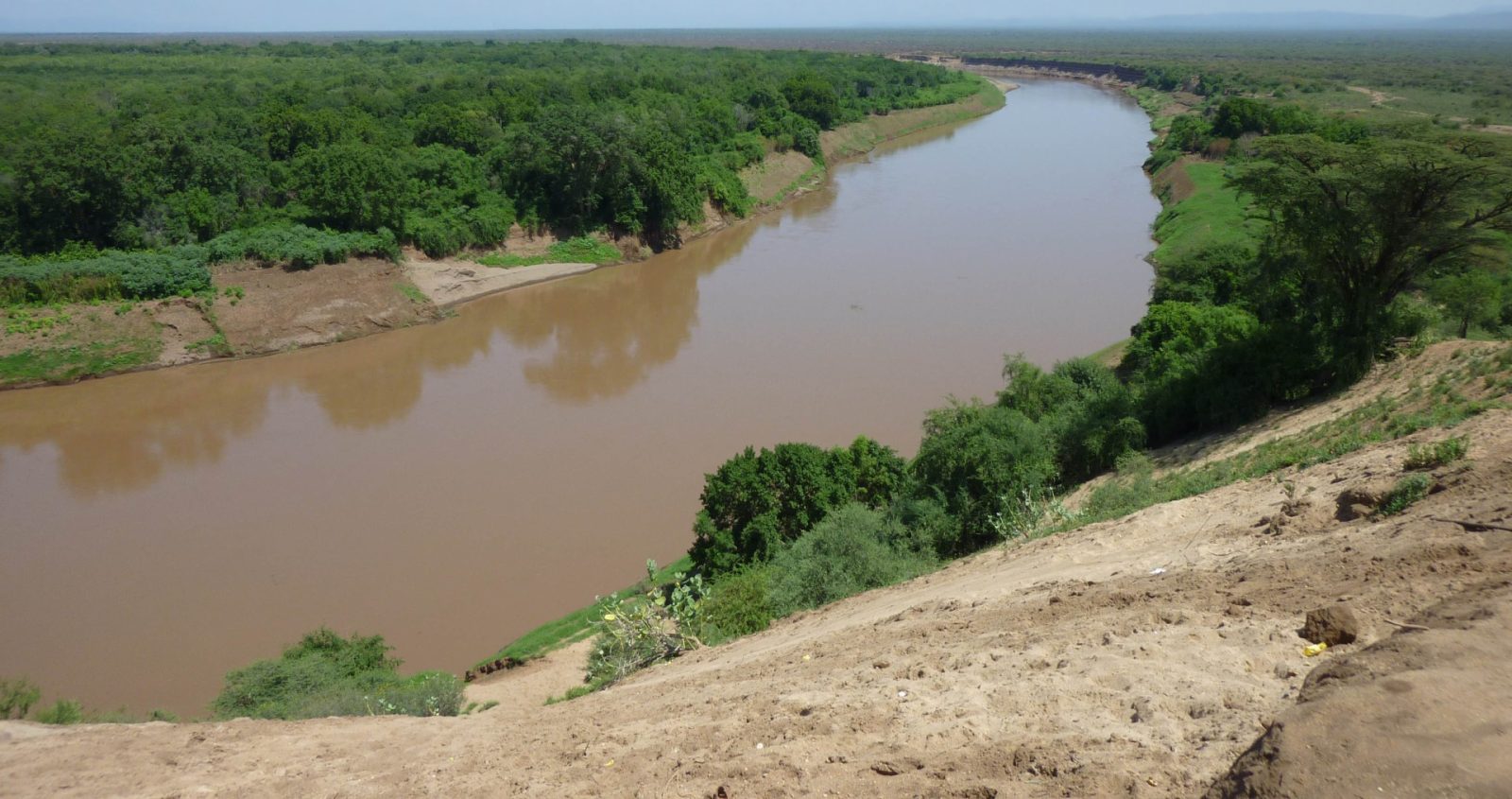
Mago and Omo national park and the Tama wildlife reserve
Mago national park
Mago national park is divided by the Mago river, and is split into and the Tama wildlife reserve and to the South, the Murle Controlled Hunting Area, distinguished by Lake Dipa which stretches along the left side of the lower Omo. The Mago national park covers 2200 square km (860 square km)
It is a relatively young national park, having only been created in 1979. The major environments in and around the Park are the rivers and riverine forest as well as the wetlands along the lower Mago and around Lake Dipa, scrub on the sides of the hills and the various grasslands on the more level areas – open grassland comprises about 9% of the park’s area. The largest trees are found in the riverine forest beside the Omo, Mago and Neri. In this park, the main biomes or landforms are Savanna, Acacia trees, Shrubland, and also Woodland.
74 mammals (some sources suggest 81) are known to be present along with 237 species of bird and at least 10 reptile species. Although rarely seen, the black rhino is thought to still be living in the park, making the park an eco-tourism big 7 reserve (Lion, Leopard, Elephant, Rhino, Buffalo, Cheetah and Wild dog).
In parts of the park, fire suppression has lead to woody trees to start to take a foothold in the area (this is usually stopped by the periodic fires that hit the reserve, but due to humans supressing the fires, these woodlands are getting a firm foothold in the area.
The Mursi people are known to live in the park along with a whole group of other ethnic peoples (including Aari, Banna, Bongoso, Hamar, Karo, Kwegu and Male)

Omo National park
The part of this ecosystem that is protected in the Omo national park, and was founded in 1980. While an airstrip was recently built near the park, it is not considered easily reachable, and the guide for Lonely planet calls this “Ethiopia’s most remote park”.
The park is 140 km long, stretching from the Neruze River in the south to the Sharum plain in the north, and up to 60 km wide where the Park Headquarters are situated. Major land features include the Omo River on the east, the Maji Mountains, the Sharum, and Sai plains to the north and west, and the Illibai plains and Dirga Hills to the south. There are three hot springs, and the park is crossed by some rivers, all of which drain into the Omo. The Mui River crosses the middle of the park before joining the Omo River. Much of the park is at 800m but the southern part by the Neruze River drops to 450 m. The highest peak of Maji Mountains which is located within the park is 1,541 m above sea level.
Vegetation is similar to the Mago national park (above)
The park hosts 73 species of mammals and 312 species of birds for visitors to try to find.
Omo National Park is home to large herds of buffalos, zebras, elands, beisa oryxes, tiangs, Lelwel hartebeests, dik-diks, bushbucks, reedbucks, and Grant’s gazelles. Other mammals that are elusively rare to find include elephants, lions, leopards, cheetahs, bushpigs, African wild dogs, giraffes, oribis, klipspringers, greater kudus, hyenas, black rhinoceros, hippopotamuses, and warthogs. Primates such as the Mantled guerezas, Olive baboons, and De Brazza monkeys also live within forested areas. Given this situation, this is perhaps more of a reserve for those who have already gone on safari in easier destinations (first). Having said this, given the remoteness, few people get to this reserve, so it is a way to see aspects of Africa without the crowds that you see in many locations.
Bird species of this park consist of ostriches, eagles, egrets, herons, barbets, honeyguides, kingfishers, Secretary birds, woodpeckers, parrots, shrikes, and weavers also thrived here.
Omo national park is also home to a range of reptiles including Nile crocodiles, Black mambas, African spurred tortoises, Black-necked spitting cobras, Rhombic Night Adder, puff adders, and rock pythons that are common here.
The lower reaches of the Omo river were declared a UNESCO World Heritage Site in 1980, after the discovery (in the Omo Kibish Formation) of the earliest known fossil fragments of Homo sapiens, which have been dated circa 195,000 years old.
There is virtually no tourist infrastructure within the park and little support for travelers. It was reported in 1999 that none of the tourist agencies within or outside Ethiopia would arrange tours in the park. The Walta Information Center announced on 3 October 2006 that US$1 million had been allocated to construct “roads and recreational centers as well as various communication facilities” with the intent to attract more visitors (how much of this has taken place is unknown).
The Mursi, Suri, Nyangatom, Dizi, and Me’en are reported in danger of displacement and/or denial of access to their traditional grazing and agricultural land. This follows the demarcation of the Park boundaries in November 2005, and the recent management takeover of the park by African Parks.This process threatens to make the Omo people illegal squatters on their land. There are reports that these tribal peoples have been coerced into signing documents they could not read by Park officials. However, in October 2008, African Parks announced they were giving up the management of the Omo National Park and leaving Ethiopia. AP stated that sustainable management of the Ethiopian parks is incompatible with ‘the irresponsible way of living of some of the ethnic groups. The organization has trouble dealing with the indigenous population trying to continue its traditional way of life within the park borders. Unfortunately this is a problem in many parts of the planet. Should local communities be given the right to continue to live as they have for millenia, this has little impact on the land in which they live. However, should local people wish to continue to live in the reserve, but also to live a modern life, hunt animals to sell trophies and other similar activities this is quite different. In the Kruger, some of these communities lands have been turned into expensive lodges – with the tribal leader living in luxury, but the rest of the tribe loosing all rights.
Finding a balance between wildlife conservation and local communities is essential. If you have the choice, choose to stay in accommodation which is staffed by people from these tribes so that they get benefit from the reserve (we will endeavour to link these places as much as possible).